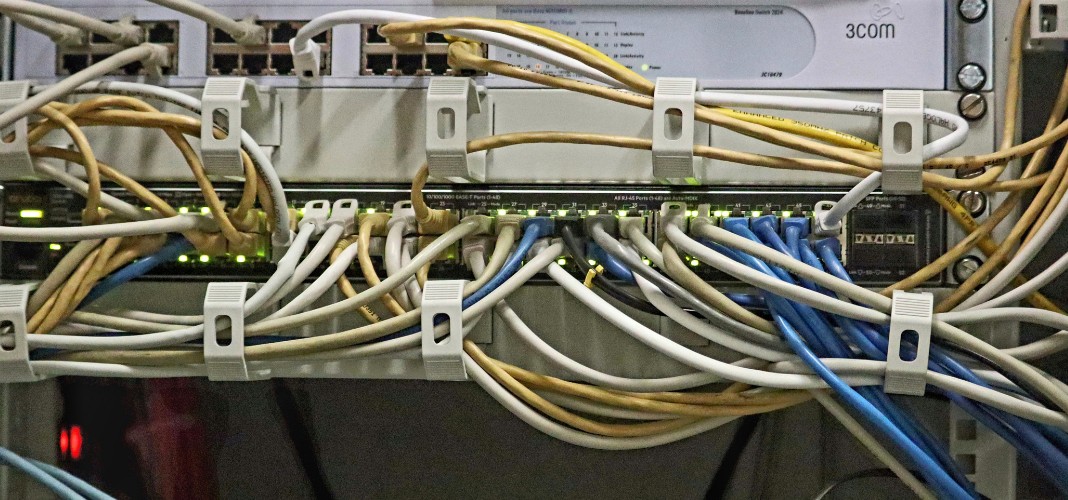Network design is no longer just about connecting devices, it’s about ensuring seamless service delivery, high performance, and robust security. A well-thought-out design provides a foundation for businesses to operate efficiently while keeping sensitive data protected from cyber threats.
Also Read: Demystifying Data Networks: A Comprehensive Guide
Explore how network design combines service and security to help businesses thrive.
Let’s dig a little deeper into what network design is and why security is a critical aspect of it.
Role of Network Design in Business Operations
Network design refers to the process of planning and creating the network infrastructure of an organization. It involves selecting the right hardware, software, and configurations to ensure the network is reliable, scalable, and secure.
For businesses, this process is vital as it directly impacts day-to-day operations, productivity, and the overall user experience.
A good design allows businesses to provide uninterrupted services to their employees and customers. Whether it’s enabling employees to access critical data quickly or ensuring smooth communication between departments, the quality of the network can significantly affect a business’s performance.
Therefore, service quality and network uptime are closely linked to a well-planned network design.
Security: A Must-Have Component While Designing Networks
While service delivery is important, the design must also prioritize security. As cyber threats evolve, businesses are becoming more vulnerable to data breaches, malware, and other malicious attacks.
Incorporating robust security features into the network design is essential to mitigate risks and protect sensitive business data.
Network security should be considered at every step of the design stage. This includes configuring firewalls, setting up encryption protocols, segmenting networks to limit access, and ensuring proper user authentication.
By incorporating security best practices from the outset, businesses can reduce the likelihood of cyber threats and safeguard their operations.
Balancing Service and Security
One of the biggest challenges in designing a network is striking the right balance between service performance and security.
While security measures are necessary, they can sometimes impact the speed and accessibility of the network. For instance, implementing encryption or firewalls may cause some latency.
Therefore, designing a network that doesn’t compromise on service performance while maintaining a high level of security is key.
To achieve this, businesses need to prioritize both scalable design and high-speed data transfer, without neglecting security. The implementation of solutions like VPNs, secure routers, and intrusion detection systems can provide both security and efficiency.
Conclusion
Ultimately, network design is a critical aspect of building a network that delivers both high-quality service and robust security. A strategic approach to network design ensures businesses can operate efficiently while protecting against cyber threats.
By integrating security measures into every part of the design process, companies can create networks that are resilient, scalable, and capable of supporting their long-term growth.


